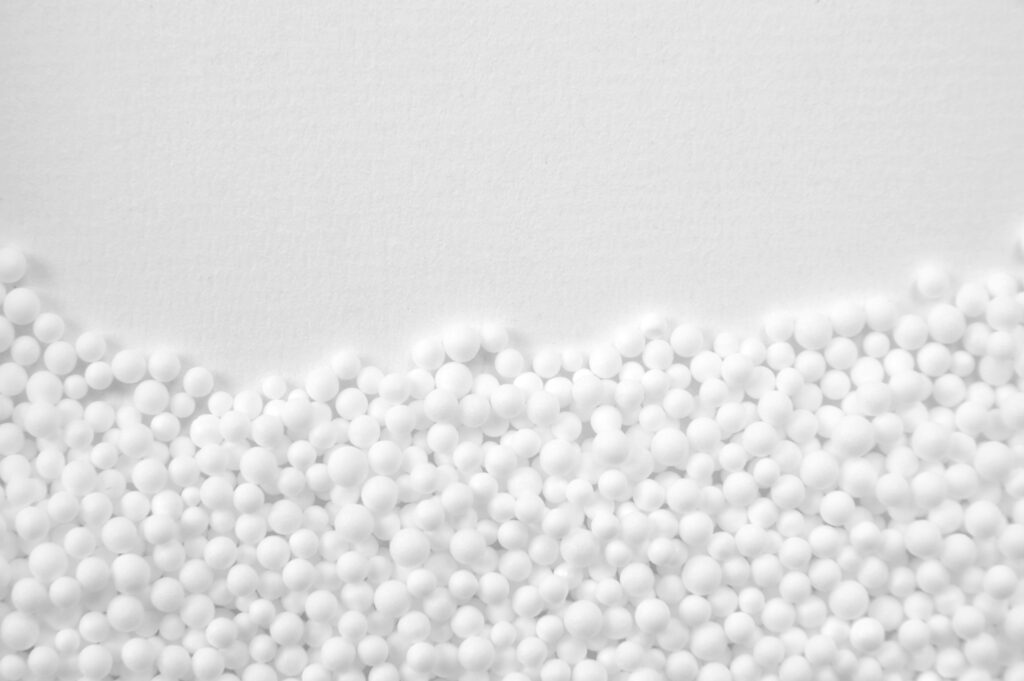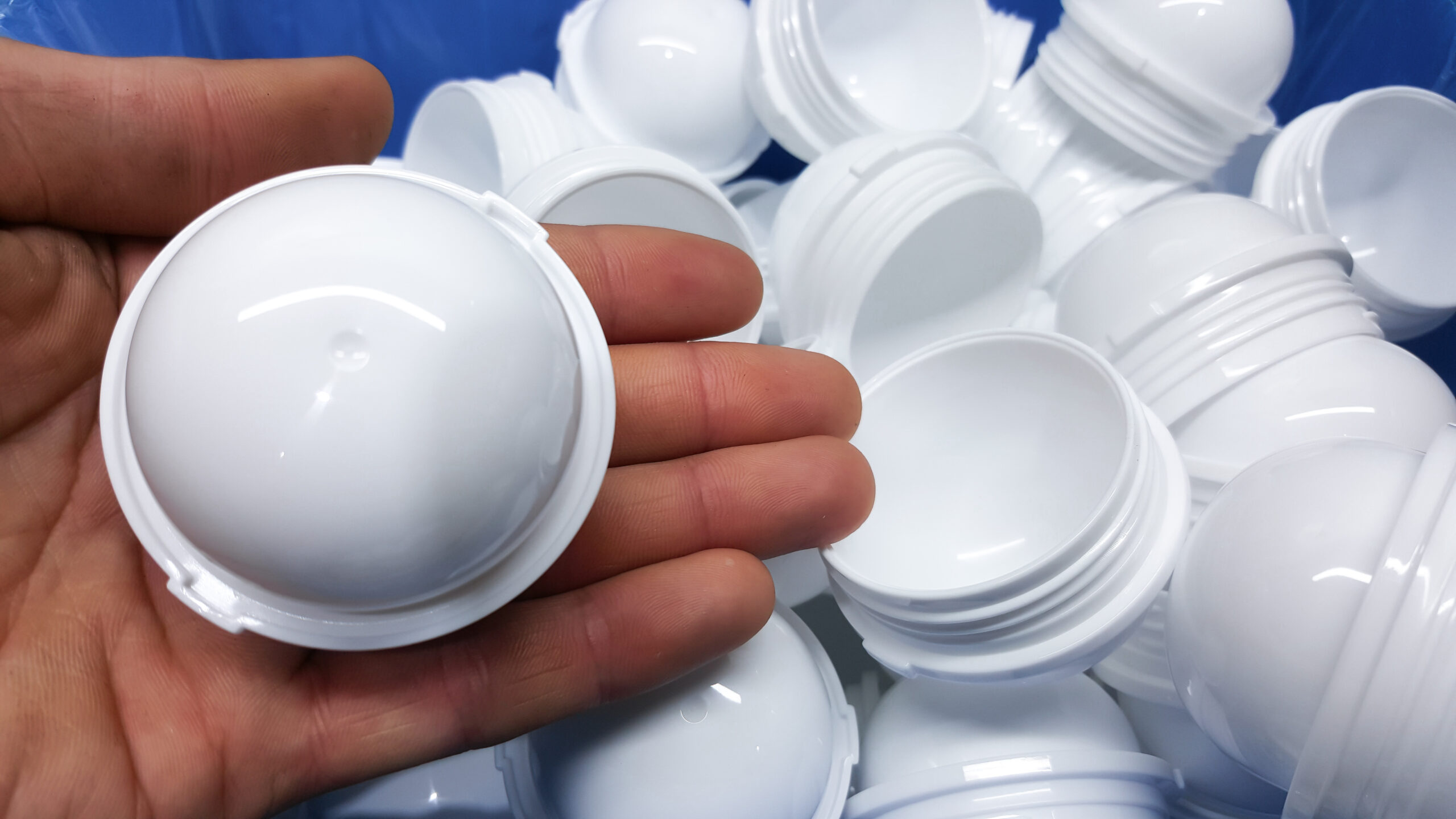Structural foam molding is a manufacturing process that is used to produce high-quality, lightweight parts for a wide range of applications, including medical devices. In this process, a plastic resin is mixed with a foaming agent and then injected into a mold, where it expands to fill the mold and create a foam-like structure. The result is a strong, lightweight part with a unique cellular structure.
One of the key benefits of structural foam molding for medical devices is its ability to produce lightweight parts. Because the plastic resin is mixed with a foaming agent, the finished part has a unique cellular structure that is lighter than a solid plastic part of the same size and shape. This makes it ideal for medical devices that need to be portable or easy to handle, such as hand-held diagnostic tools or portable medical equipment.


Another benefit of structural foam molding is its ability to produce strong, durable parts. Despite its lightweight structure, structural foam molded parts have excellent mechanical properties, including high tensile strength, flexural strength, and impact resistance. This makes them suitable for applications that require parts that can withstand heavy loads or frequent impacts, such as medical devices that are used in demanding environments.
In addition to its strength and lightweight properties, structural foam molding also offers manufacturers a high degree of design flexibility. The process allows for the creation of complex, detailed parts with a high degree of precision. This makes it possible to produce medical devices with intricate features and tight tolerances, ensuring that they meet the demanding requirements of the healthcare industry.
Overall, structural foam molding is a valuable manufacturing process for the production of medical devices. Its ability to produce lightweight, strong, and durable parts makes it an excellent choice for the healthcare industry. By leveraging the benefits of this process, manufacturers can create high-quality medical devices that meet the needs of patients and healthcare professionals alike.

